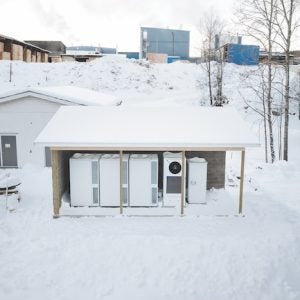
Figure 1. Pillars of decarbonisation/GHG reduction (source of image: CORMETECH)
As the urgency of addressing climate change and decarbonising the economy grows, the need for innovative approaches has become paramount – the International Energy Agency describes carbon capture, utilisation and storage (CCUS) as “inescapable,” considering the scale of the energy and climate challenge. Figure 1 shows the key pillars of decarbonisation/ GHG reduction.
Responding to the call, companies like CORMETECH – whose SCR catalyst technology has enabled major reductions in power plant generated NOx emissions – already play an important decarbonisation role. Existing products and services enhance emissions control unit efficiency by utilisation of low backpressure ELITETM and/or METEORTM catalyst system designs, or via enhanced NOx reduction systems that address the higher NOx emissions that often come from alternate fuels.
But it’s what’s in the CORMETECH R&D pipeline that promises the most transformative decarbonisation impact.
Multi-faceted approach
Beginning with initial R&D in 2014 that advanced by 2018 to prototype CO2 adsorbers, CORMETECH has strategically positioned itself within the carbon capture market.
The company’s focus encompasses both direct air capture (DAC) and point source capture (PSC) segments, recognising the distinct requirements and challenges within each.
At the heart of the approach lies a foundational monolithic honeycomb structure (Figure 2), similar to the company’s best-known catalysts. This structure boasts higher surface area, low pressure loss, and functionalised walls that optimise CO2 sorbent efficiency. This flexible technology platform enables the use of various sorbents and contactors, resulting in optimised adsorbers tailored to specific processes.
The basic technology employs a cyclical process centred on the solid monolith adsorber engine (see Figure 3). Through an innovative temperature swing adsorption/desorption process, CORMETECH’s technology captures CO2 from flue gas, facilitates desorption through steam, and prepares the captured CO2 for transport, utilisation, or sequestration. The design incorporates multiple adsorber modules operating seamlessly with other processes, enabling efficient CO2 capture in a range of applications.
By integrating efficient adsorber geometry and a modular design, CORMETECH believes it’s well on the way to developing PSC technology that will make possible a significantly smaller footprint compared to existing liquid systems, along with lower overall costs and improved system lifecycle management.
Collaborative efforts and promising milestones
CORMETECH’s R&D path includes significant collaboration with the US Department of Energy National Energy Technology Laboratory (DOE NETL). Under co-operative agreements, the company leads programmes in both the DAC and PSC areas. The DAC programme focuses on developing a next generation adsorber, while the PSC programme seeks to advance
a more cost-effective carbon capture process for natural gas combined cycle (NGCC) facilities (Figure 4).
The ultimate goal of the PSC initiative is to achieve >20% improvement in cost efficiency compared to a DOE reference benchmark liquid amine system.
Table 1 shows preliminary economics for a DOE defined 726 MWe (net) NGCC PSC case study.
Technology advancements and future projections
CORMETECH’s all-in approach to carbon capture technology advancement includes the establishment of a dedicated R&D centre in Durham, NC, USA. The company is also deploying a wide range of field applications, including full-scale module prototypes, site-specific demonstration units, and an integrated process unit (IPU) demonstration facility slated to go live in early 2024 at the US DOE National Carbon Capture Center.
By leveraging the benefits of monolithic contactors, low-pressure steam usage, and a minimised system backpressure, CORMETECH’s initial plan to achieve at least a 20% cost efficiency improvement over traditional liquid sorbent technology appears well within reach. Beyond this, the company’s carbon capture technology roadmap aims for even greater cost efficiencies in the future, which must occur to make carbon capture economically viable.
Key takeaway
CORMETECH’s carbon capture approach, built on monolithic contactors and flexible sorbents, affords lower energy losses, reduced space requirements, and efficient lifecycle management. Backstopped by product regeneration capabilities and recycling, CORMETECH’s recipe couples lower total costs with a sustainable approach to decarbonisation.
As the world grapples with the urgent need to mitigate climate change, this could empower the power industry and other emitters to achieve decarbonisation targets much more cost-effectively.
By combining innovation, collaboration, engineering, and manufacturing, CORMETECH hopes to bring industrial reality to the CCUS landscape.
Author: Scot Pritchard, CORMETECH






